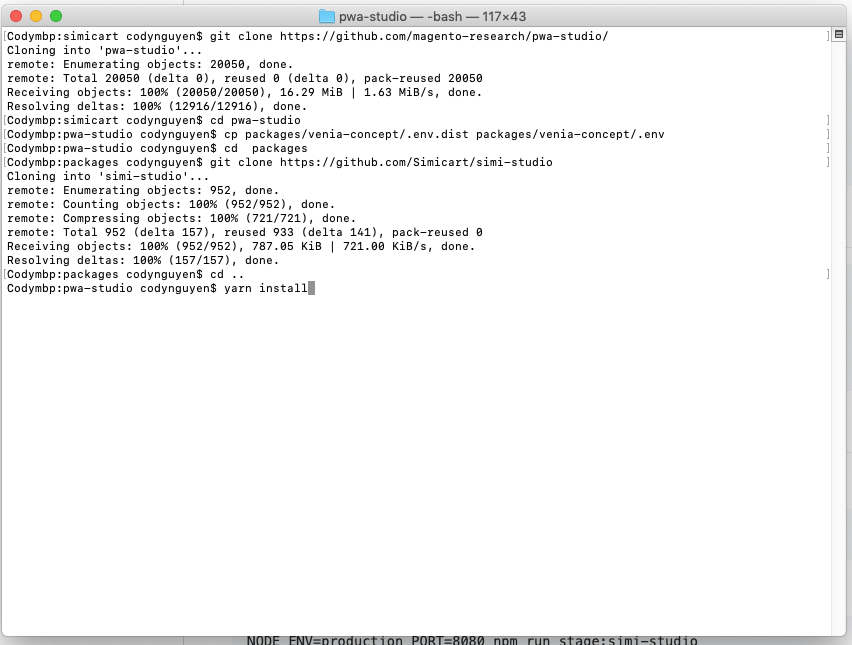

msi file to open the installer for Windows, then follow the on-screen instructions to install yarn.Īfter yarn is installed, you can verify the installation by running the yarn -version command, which should print the version number of yarn.It installs via corepack. Sudo apt-get update & sudo apt-get install yarnĭouble-click the. pkg file to open the installer, then follow the on-screen instructions to install yarn.įor Linux, run the following command to install yarn:Įcho "deb stable main" | sudo tee /etc/apt//yarn.list To install yarn on MacOS, Linux, or Windows, you can use the following steps:ĭownload the latest version of yarn from the official website: įor MacOS, double-click the.

Once yarn is installed and its executables are added to your PATH, you should be able to run the yarn command without any issues. bashrc file, run the following command to apply the changes: source ~/.bashrc

Make sure to replace $HOME/.yarn/bin with the actual path to the bin directory where yarn executables are located. For example, in bash, you can add the following line to your ~/.bashrc file: This will vary depending on the shell you are using. If yarn is installed, but the command is not found, you will need to add the yarn executables to your shell's PATH. If the command is not found, it means that yarn is not installed, and you will need to install it. If yarn is installed, this command should print the version number, e.g. To fix this error, you can try one of the following solutions:Ĭheck if yarn is installed on your system by running the following command: This can happen if yarn is not installed on your system or if the yarn executables are not added to your shell's PATH.

If you are getting a "zsh: command not found: yarn" error, the yarn command is unavailable in your current shell session.


 0 kommentar(er)
0 kommentar(er)
